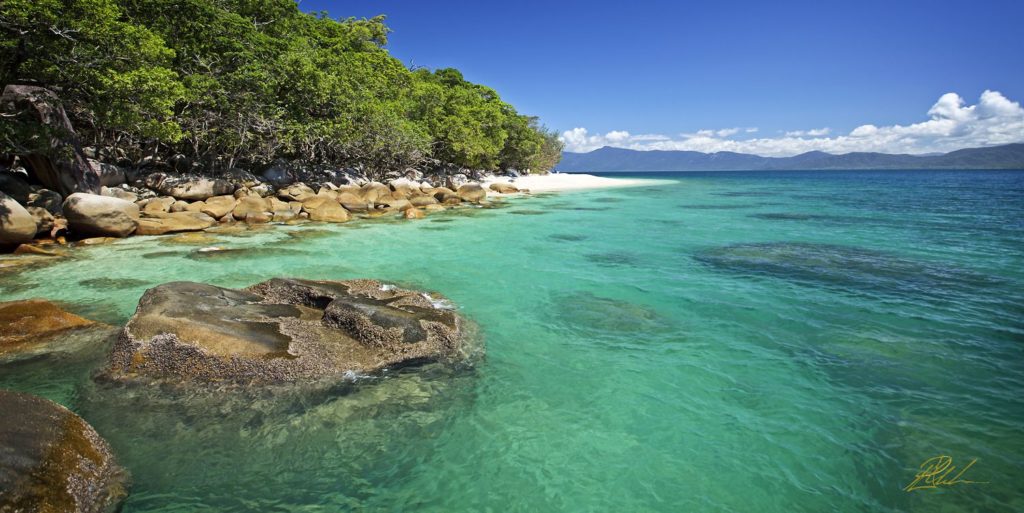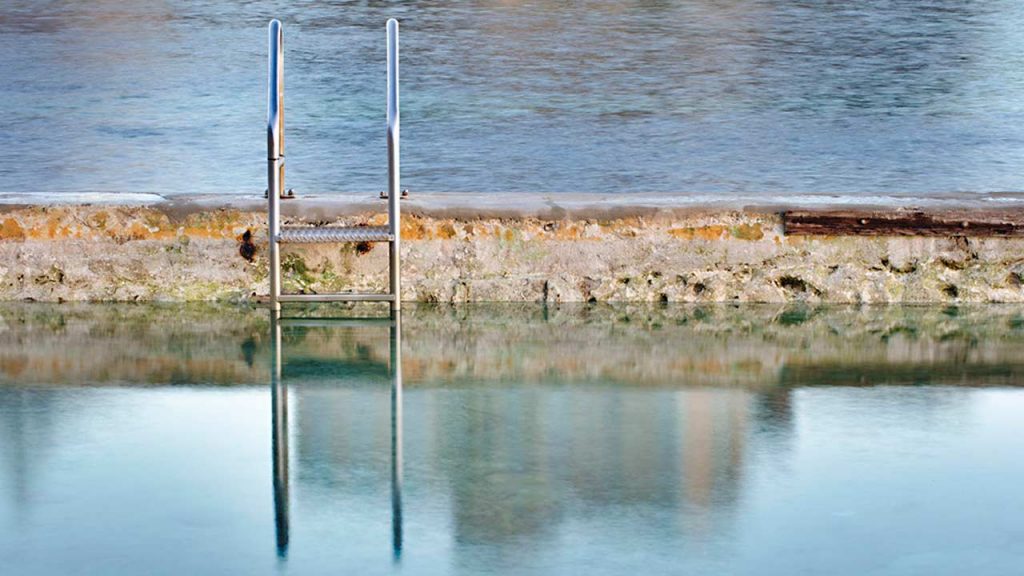Landscape Photography
Insight Landscape
TAKING BETTER WATER & REFLECTION SHOTS & FIND INSIGHT LANDSCAPE PHOTOGRAPHY
Insight landscape is interesting to create with some basic rules of how to take landscape photography.
Find your interesting foreground, mid-ground, and if you can balance that with an impressive background, you’re almost there.
The challenge is to create great harmony within each section of the landscape photography composition.
Reflection adds a more significant challenge on how to take landscape photography. Reflections are used for symmetry and balance, and of course, an artistic trick of the eye will add mystery to the frame.
The rules don’t exist when it comes to reflections, but guidelines will assist in achieving insight landscape photography and reflection.
FIND STILL WATER & CALM CONDITIONS TO CREATE SERENE INSIGHT LANDSCAPE AND REFLECTIONS.
Wait for a super still glass out the day.
In nature, this does not occur often, therefore wait for a big high-pressure system. High air pressure produces clear skies and stable weather.
Interestingly its best to get some cloud for your background to work and give you a cloud line to reflect on still calm water.
It’s a rare day that will meet all the desired components to capturing perfect reflection & insight landscape.
Repeat visits to a selected location will give an indication of when the light is best and wind low. Early morning is generally the best time.
Weather is unpredictable and doesn’t be distracted by imperfect conditions.
Use what nature provides, puddles, ripples, protected creeks and lakes.
On some shoot sets, photographers will wet concrete with a hose to add in a reflection that will reflect a shock of colour that adds to the frame.
EQUIPMENT WILL ASSIST YOU IN GETTING A TECHNICALLY PERFECT REFLECTION
If you are creating insight landscape photography and reflections, a tripod is a must in your equipment requirements.
Tripods allow for a steady shot and multiple to bracket for exposure without moving the frame.
Use a tripod that can get low so that your reflection can appear in the centre of the frame. Pack your widest angle frame, it usually works the best focal range between 15mm to 30mm on full-frame.
There are exceptions as always and its best to always go back to looking at your foreground, mid-ground and background.
Experiment with your lenses including a zoom lens that will let you control the size of your subject perhaps that you want to reflect.


